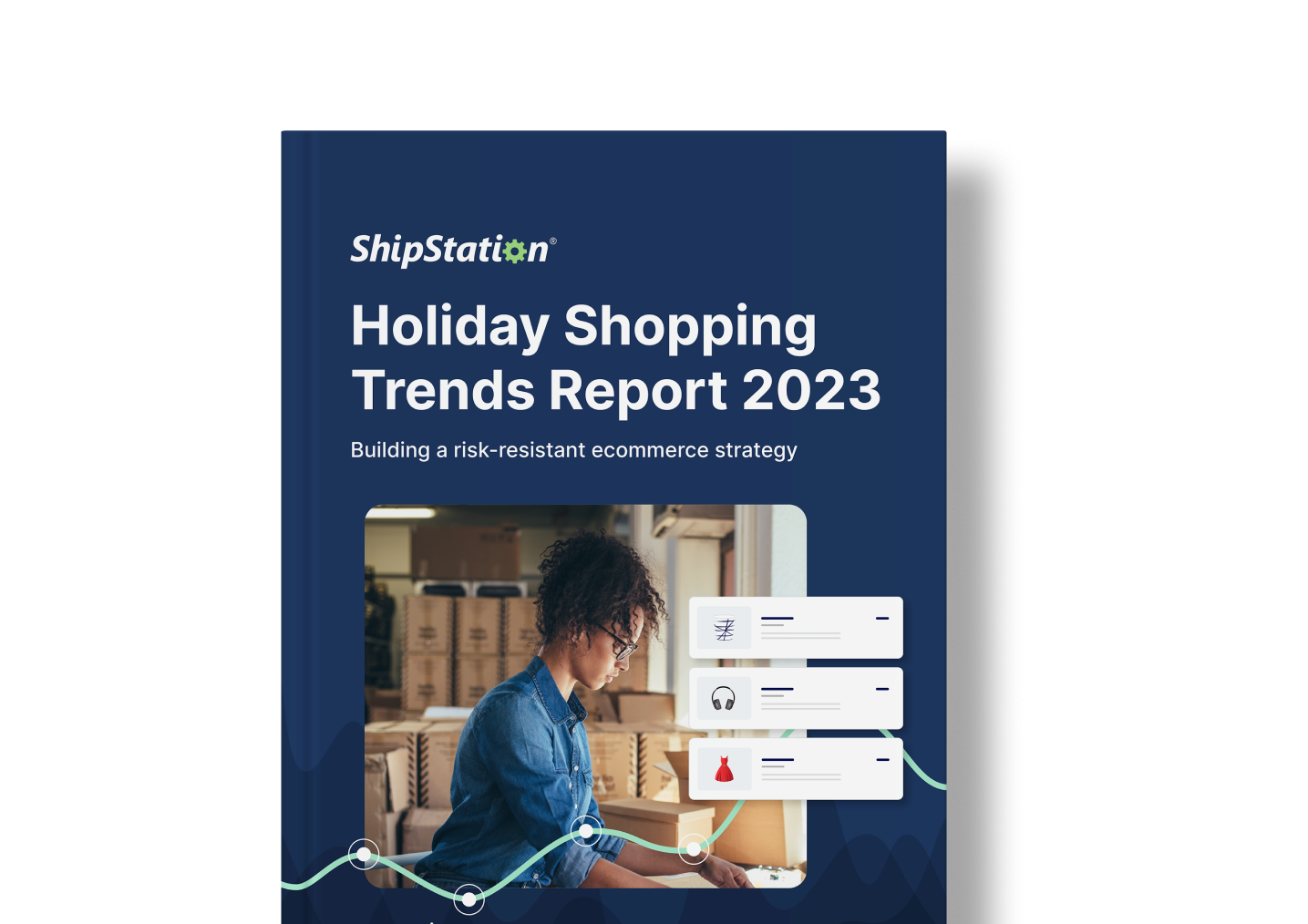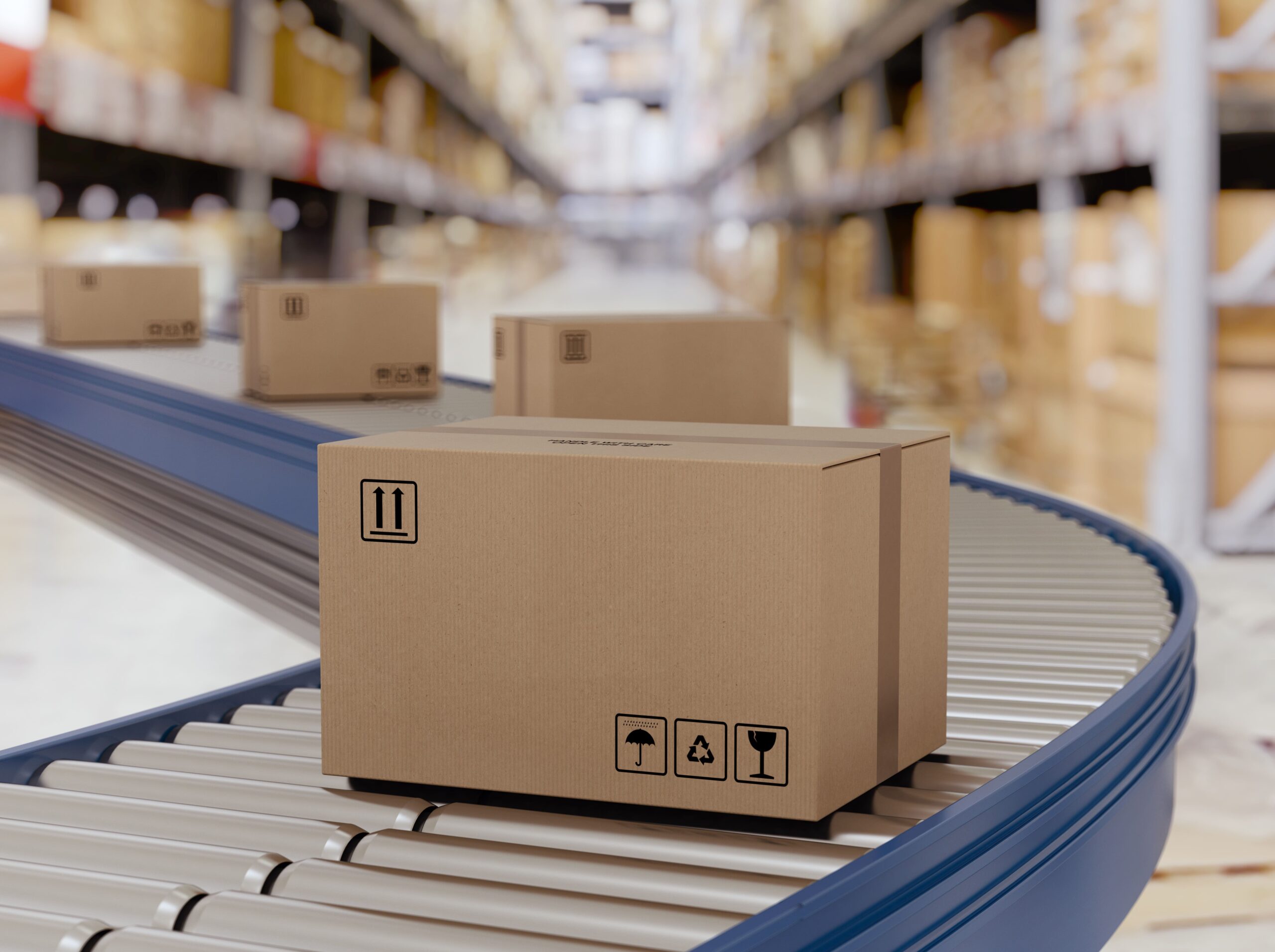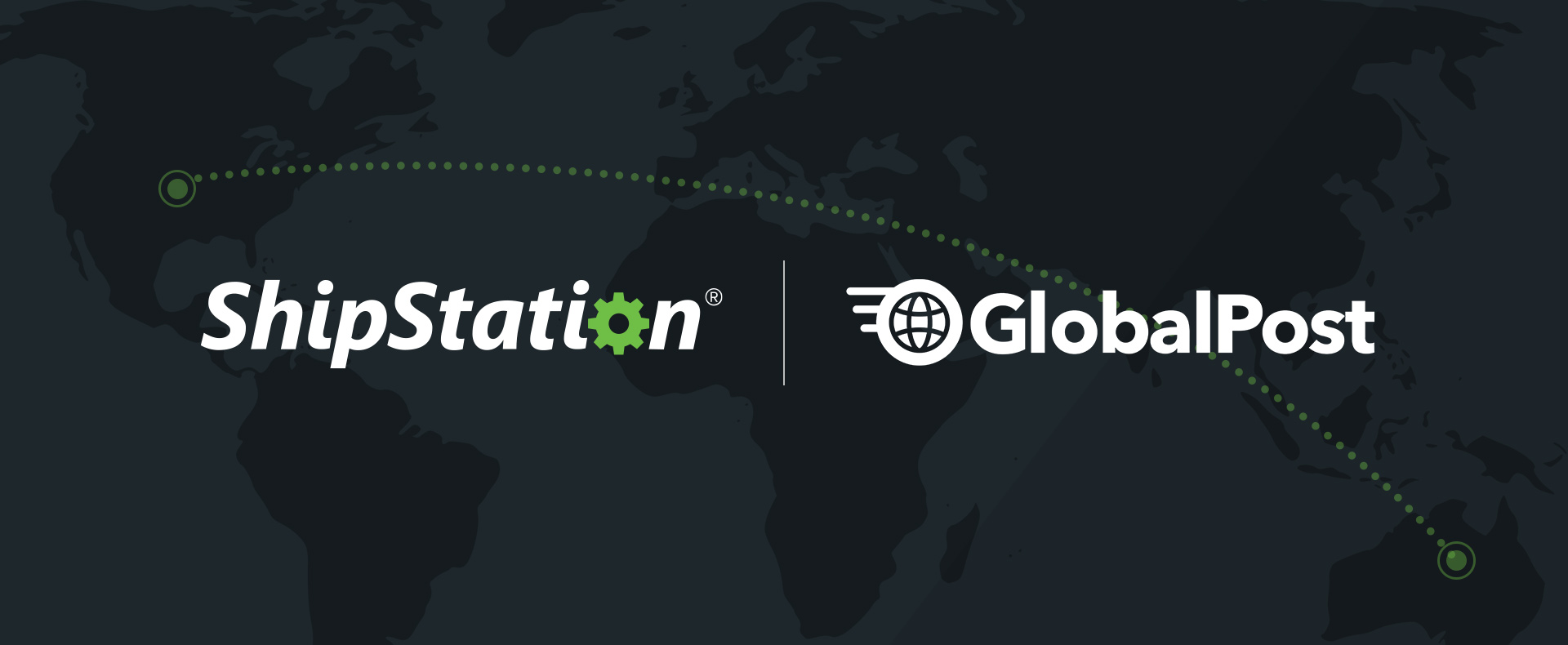How To Plan For Growth In Your Business
It’s the best-case scenario for most any business owner, watching revenue tick upward, seeing hiring rates blossom, gaining traction with a customer base, and getting the brand recognition that you always had faith the company could pull off. What a lot of people aren’t talking about is the growing pains of business growth.
Will they be worth it? Almost definitely. But preparing and planning for growth in your business can be just as much to navigate as initially forming and running a business. In this post, we’ll discuss what to focus on as your company begins to growth and how to plan for growth in your business into the future so you are both 1. prepared for the impending changes and 2. equipped to transition upward without experiencing a long string of bottlenecks.
Scalability of Suppliers
This is a major hindrance that first-time business owners often don’t think about until a potential bottleneck is already upon them. So, you’ve got a list of well-vetter suppliers who deliver on time, who you align with ethically, who share data, and who offer great rates for the supplies you need to build your business. All is going swimmingly as your business begins to boom, and everyone in the supply chain is excited for the growth. Until… one of those suppliers can no longer provide what you need at a fast enough rate at the volume your business requires. Uh-oh.
Be aware of how much a supplier will be able to source—and their own plans and intentions for scalability of their operations—and have strategies in place to augment your access to needed components when the demand arises. Having open, transparent conversations with suppliers is a good start. Everyone is there to do business, and no one wants to come up short or end up with dissatisfied customers or clients. By being forthright with your suppliers, you will both receive the information you need to make sure you can continue to grow your business without a hitch while also not being disruptive to your suppliers or the rest of their clientele who are also relying on them for the supplies they need in their own businesses.
Scalability of Software, Data, & Systems
If you’re just starting out as a small business that takes custom orders, then you could probably make due with a notepad and pen, a solid email account, a personal Twitter, a spreadsheet for accounting, and a truckload of chutzpah. As you begin to scale though, these sorts of systems quickly get in the way of growth. Even a step beyond that to “proper” paperwork, managed social accounts, professional accountants, etc. is likely to not be enough to cut it today for truly exponential growth.
The ability for your software systems (ERP, WMS, even your webhost) to scale with you both in terms of input frequency and complexity of the business is critical for unhindered success. That usually means starting with options that have tiers for SMBs but which readily scale to enterprise applications or having a strategy in place to transition to software with higher capabilities.
The same is true of data and any other system. It’s a different beast entirely to monitor customer satisfaction based on what they say to you in your one store vs. sourcing data from all over the web when customers mention your name (and responding accordingly). This concept can be applied to sourcing—are you running to the grocers to grab a bag of flour or are you ordering a commercial load of flour weighing hundreds of pounds? The former is a quick fix whereas the latter may require a bit more time and planning.
Scalability of Physical Space & Inventory
Are you storing your products in a spare room or a sprawling warehouse—or even a series of warehouses spanning the country or the globe? When it starts to become a bit more complicated to manage inventory, to predict demand for any given product, and when warehouse shelves are filling up quickly but that same warehouse space is a costly expense, then it’s time to look at the systems being used to manage these spaces. Are you utilizing 3PL services to manage your inventory for you? Are you utilizing any form of optimization to make the best use of your physical space or to group items together that are frequently purchased together for easier picking and packing?
As you move into a multi-warehouse approach, it’s important to consider which warehouses should contain what items. Should all warehouses carry the same products or should they be clustered in particular areas or among specific products, e.g. warehouse one might sell fishing poles, tackle boxes, and camping supplies. Warehouse two might stock formalwear, high-heeled shoes, and entertainment supplies. It wouldn’t make sense to mingle these two sets of stock across both warehouses. Even though some buyers will likely purchase a wedding gown and a tent for the honeymoon hike, most buyers are going to be purchasing in clusters that fall in one realm or the other. Knowing these clusters exist can save a lot of time and money.
Scalability of Expertise
It’s not uncommon for business owners to start out doing most of everything themselves. Eventually, this becomes too much and they begin to hire in-house staff with certain areas of expertise. At a certain level of scale though, when a business starts to enter the realm of the “big players,” this expertise is often not quite enough to keep going forward as many employees are still splitting duties among various realms of tasks. At this stage, many companies with major growth will begin to use managed services wherein the hire experts in one specific area to handle that task. That might be shipping and logistics, it could be managed legal, managed sourcing, or even managed data analysis.
As a company continues to grow, they may begin to onboard in-house expertise, but oftentimes this approach is costly and lends to few rewards as compared to utilizing managed services that are able to split costs for high-end products and services within their field across multiple clients, reducing the financial burden for them and their clients alike while being able to deliver ultra-high expertise input.
Scalability of Shipping & Logistics
Picking, packing and shipping are no different than any other system. Having ways to mitigate errors in the logistics process will go a long way to help instill continued customer trust. This can include things like implementing barcode scanners to verify a box’s contents prior to shipping. This may also include things like negotiating discounts with carriers, automatically generating accurate shipping labels, implementing custom-branded tracking options, and working closely with 3PL partners to optimize this very important aspect of your business. Even if everything goes right at every other step of the process—if your customer doesn’t receive the right product, receives a broken product, or receives no product at all (or a very late product)—then all the extra time spent on good products and services at prior stages is largely mitigated and customer still walk away with some degree of satisfaction.
Is your business growing? ShipStation is ready to grow with you. Whether you’re just entering the world of 3PL services, need a bit of help with inventory management, or if you’ve already got multiple warehouses across the country, we are able to help you grow (and grow and grow).
Schedule a ShipStation demo here or try it yourself for free here, no credit card required.





